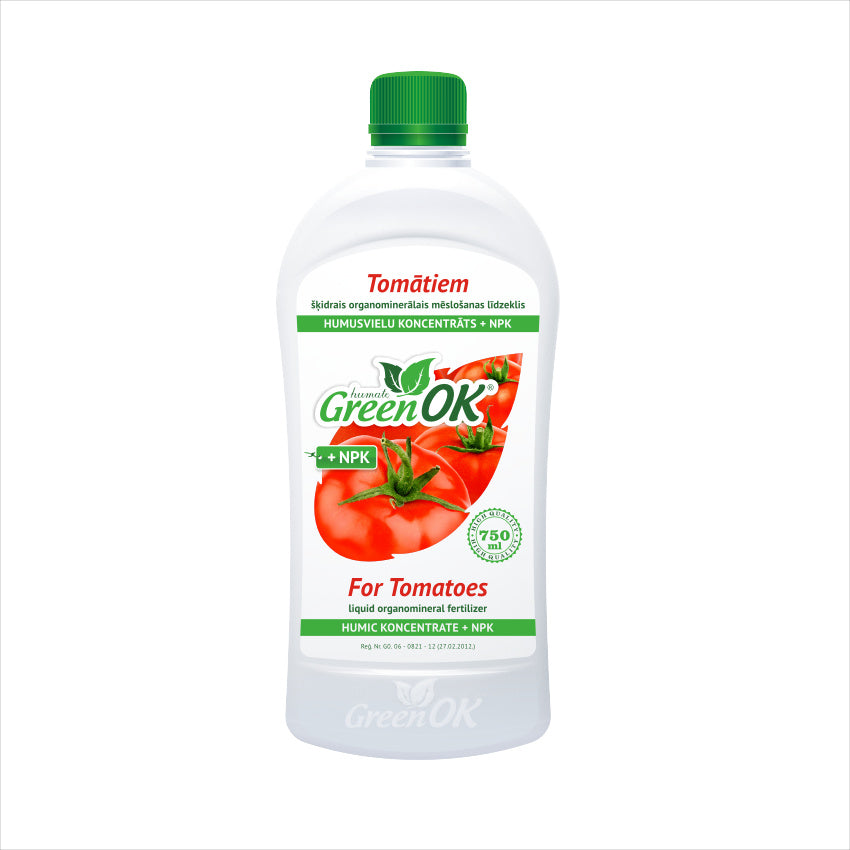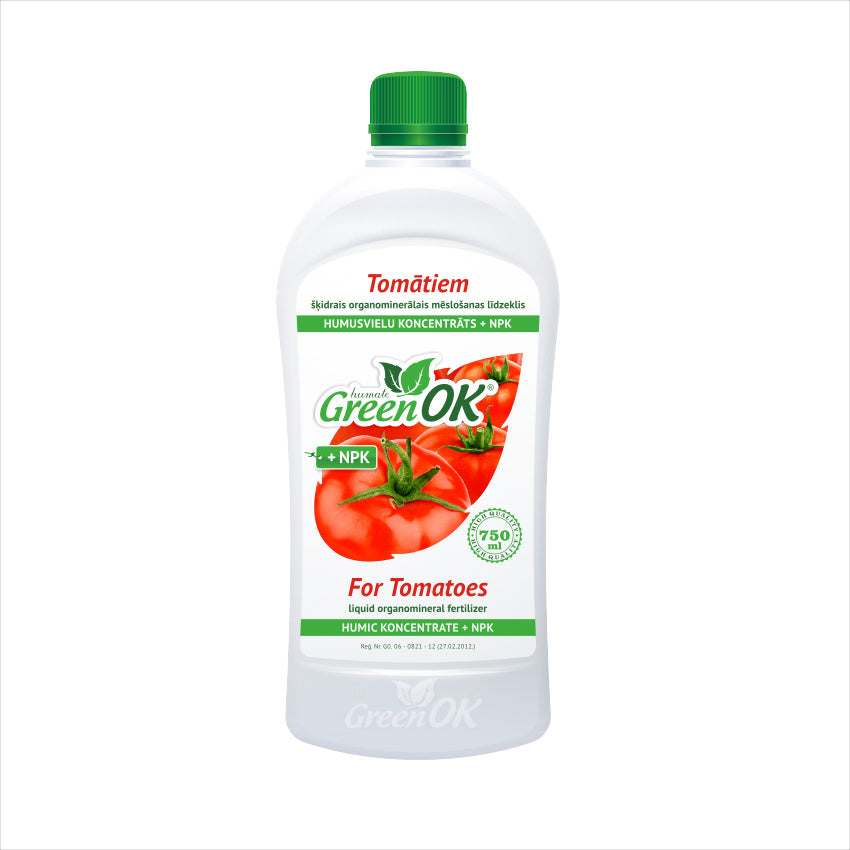Where do I start?
Greenhouse gardening is a great way to get started with growing your own food. Greenhouses provide a controlled environment, which can be especially helpful when you're first starting out. One of the best plants to grow in a small greenhouse is tomatoes.
-
Best Tomatoes for Greenhouse Growing
While there are many types of tomatoes that can be successfully grown in a greenhouse, vine tomatoes, also known as indeterminate tomatoes, are especially well-suited to this type of environment. These tomatoes require support to grow on, but will continue to produce fruit throughout the season, provided they are given proper care and attention. In addition, greenhouse conditions can help to protect vine tomatoes from pests and diseases, making them easier to care for than other types of tomatoes. If you are planning to grow tomatoes in a greenhouse, vine tomatoes are an excellent choice.
-
Do tomatoes do well in a greenhouse?
A greenhouse is a great place to grow tomatoes. They will have plenty of sunlight and the controlled environment will help them to thrive. However, you will need to take some extra steps to ensure that your tomatoes are healthy and strong. First, make sure that the greenhouse is well ventilated. Tomatoes need a lot of air circulation in order to prevent mold and mildew from taking hold. Second, water them regularly and evenly. Tomato plants are susceptible to blight if they get too much or too little water. Finally, feed them a high-quality tomato fertilizer every few weeks. With a bit of extra care, your greenhouse tomatoes will be delicious and bountiful.

Tomatoes
KSB Greenhouse is a great way to get the most out of your tomatoes. By Growing them in a controlled environment, you can ensure they get the ideal amount of sunlight and water. Greenhouses also create a microclimate that is ideal for tomato plants, with just the right amount of humidity and warmth. And, as an added bonus, greenhouse-grown tomatoes tend to be more flavorful than those grown outdoors. This is because the glass walls of the greenhouse block UV light, which can cause stress in tomato plants that may alter the fruits' ultimate flavor. So if you're looking for the tastiest tomatoes around, greenhouse gardening is the way to go.
What is the best temperature for growing tomatoes?
Tomatoes love heat! The best time to harvest a hot and sweaty crop is when they're just starting out. Nighttime lows of 62-64 degrees Fahrenheit (17 - 18 Celsius) will yield heavy yields with tons o' fruit per plant, while daytimes reach upward into the 80's if you watch your plants closely enough--but be careful not too overdo it or else Mother Nature may give back by way more than usual this year thanks once again for her generosity...
Multimedia collage
ELECTRIC GREENHOUSE HEATER & FAN with Manual Thermostat PALMA TWIN, 1000 W / 2000 W


-

FARMER
View GreenhouseDesigned and developed for the needs of professional crop production farms, cooperatives and associations. The standard package includes wide hinged double doors on both ends of the greenhouse. Roof windows with automatic opening are available as an option.
-

ARROW
View GreenhouseA particularly strong greenhouse for demanding tastes and difficult weather conditions, windy areas, coastlines etc. Maximum durability and reliability!
New door and window handles and metal trims, which make the doors and windows extremely durable against strong winds and storms.
-

OPTIMA
View GreenhouseThe frame is made of galvanised steel, the profile size is a sturdy 60×20 mm. High quality 4 mm or 6mm twinwall polycarbonate, UV-protected, high thermal insulation (e.g. 25% better than glass), good impact resistance and light transmission, long-lasting.
-
When should I fertilize tomato plants?
Tomatoes are a delicious and versatile addition to any garden, and they are relatively easy to care for. One important aspect of tomato care is fertilization. Tomatoes only need to be fertilized at two stages of growth – soon after planting and just before fruiting. Some gardeners like to apply the first round of fertilizer while transplanting. They either mix it with the soil or leave it at the bottom of the planting hole. This gives the young plant a boost of nutrients as it becomes established. The second application of fertilizer should be made just before the tomatoes start to ripen. This helps the plants produce bountiful fruit that is full of flavor. With proper fertilization, tomatoes will thrive and provide a delicious harvest all season long.
-

KSB Greenhouse
Tomato Humic Concentrate +NPK 750ml
Share












